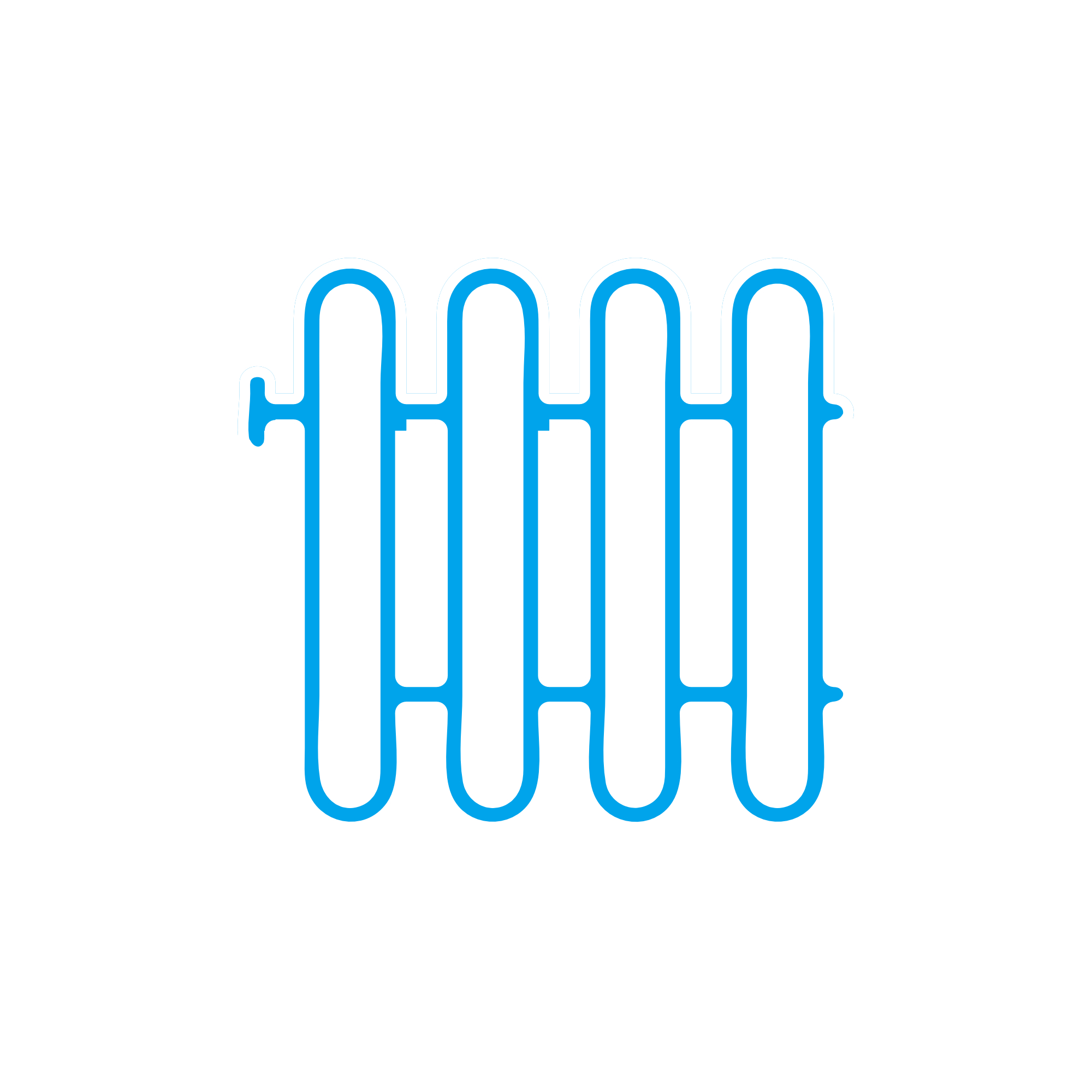PLATE HEAT EXCHANGER – Heat exchanger for marine and industrial engines
A heat exchanger is a core component in every engine’s thermal management system. In marine and power generation environments, it removes heat from jacket water, lube oil, and charge air, stabilizing temperatures so the engine delivers rated output with minimal stress. Within this category, the PLATE HEAT EXCHANGER stands out for its compact footprint, high thermal effectiveness, and service-friendly design. For shipowners, fleet managers, and plant operators, selecting the right heat exchanger—and keeping it in prime condition—directly influences fuel economy, uptime, and total cost of ownership.
By using a stacked pack of embossed metal plates and precisely engineered flow channels, a plate-type heat exchanger extracts heat efficiently even at small approach temperatures. It is widely used as a central cooler in a marine engine, as a lube oil cooler in a diesel engine, and as a jacket-water cooler in gas engines. Its modularity, combined with tailored plate geometries and gasket materials, makes it a versatile choice across vessels, gensets, and offshore installations.
Technical function: how the heat exchanger stabilizes engine performance
A PLATE HEAT EXCHANGER in a diesel engine operates on counter-current flow. Hot process fluid—typically jacket water or lube oil—passes on one side of each plate, while a colder medium such as seawater or freshwater coolant flows on the opposite side. The corrugated, chevron-shaped plate patterns create turbulence at relatively low Reynolds numbers, maximizing heat transfer while limiting fouling. Gaskets route the two circuits alternately through the plate pack, ensuring strict separation and an optimized heat transfer area.
In a marine engine application, the plate pack’s effectiveness (E) enables low approach temperatures, allowing the cooler to maintain stable outlet conditions with minimal pumping energy. This supports consistent viscosity in lube oil, prevents thermal stress in cylinder heads, and keeps charge air within safe limits to avoid knocking in gas engines. For operators who manage mixed fleets, the same principle applies across central coolers, HT/LT circuits, and pre-heaters—where the compact PLATE HEAT EXCHANGER reduces footprint while meeting class requirements for pressure and temperature. When sourced as PLATE HEAT EXCHANGER OEM parts, plates and gaskets match the exact embossing depth, thickness, and polymer compound defined for the unit, preserving performance curves and differential-pressure limits.
Key characteristics and advantages of the heat exchanger
- · High thermal effectiveness at compact size.
- · Counter-current flow for low approach temperatures.
- · Chevron plates increase turbulence and reduce fouling.
- · Serviceable design with replaceable plates and gaskets.
- · Materials suited to seawater, glycol, or oil duty.
- · Scalable capacity via additional plates.
- · Predictable pressure drop for stable pump sizing.
- · Compatible with CIP flushing and onboard maintenance.
Importance for engine operation and service life
The heat exchanger is central to engine reliability. If the unit is undersized, fouled, or damaged, outlet temperatures drift upward. Consequences include accelerated oil oxidation, reduced film strength in bearings, increased thermal expansion in cylinder liners, and hot-spot formation that can lead to head gasket failures. On gas engines, excessive charge-air temperature heightens knock risk and forces derating. In marine service, cross-contamination between seawater and freshwater due to compromised gaskets or plate corrosion introduces chlorides into the jacket-water loop, promoting pitting and rapid component degradation.
Pressure drop also matters. A clogged plate pack increases Δp, raising pump power consumption and sometimes starving remote branches of the cooling circuit. Over time, gasket hardening or chemical incompatibility with coolant additives causes seepage, unplanned shutdowns, and safety hazards in confined engine rooms. Regular inspection, correct tightening torque on tie-bolts, and timely replacement of wearing components keep the PLATE HEAT EXCHANGER performing to specification and extend engine service intervals.
Advantages of OEM spare parts suitable for heat exchanger
Using OEM spare parts suitable for the heat exchanger preserves thermal performance, safety margins, and lifecycle economics. PLATE HEAT EXCHANGER OEM parts are produced with the same metallurgy, plate embossing geometry, and gasket compounds specified for the unit, so the heat transfer coefficient, effective area, and sealing lines remain within design limits. This consistency is essential in a diesel engine where coolant and oil temperatures must track tightly to maintain viscosity and prevent varnish formation.
When replacing plates and gaskets, dimensional accuracy and surface finish directly affect turbulence, fouling resistance, and bypass risk. Certified compounds—such as NBR for oil duty, EPDM for glycol water, or FKM for higher temperatures—resist swelling and chemical attack, reducing the likelihood of leaks or frequent retightening. Proper clip or glued gasket systems ensure secure seating during assembly and reliable sealing under thermal cycling. For purchasers, the result is predictable performance, lower risk during port calls, and fewer unplanned stops.
- · Consistent heat transfer and approach temperatures.
- · Correct pressure ratings and sealing integrity.
- · Material compatibility with seawater, glycol, and oil.
- · Longer service intervals and reduced downtime.
- · Lower total cost over the equipment life.
- · Traceability and documentation for audits and class.
MOPA as a partner for PLATE HEAT EXCHANGER OEM parts
MOPA is an experienced and reliable partner for OEM spare parts for your heat exchanger. We combine speed, quality, and transaction security in the global trade of OEM parts for diesel and gas engines. Our team identifies the correct plate pack configuration, gasket compound, and tie-bolt set from serial numbers and technical drawings, and we supply the documentation needed for compliance and maintenance records.
With fast logistics to major ports, rigorous quality checks, and technical support for assembly torque and tightening sequences, MOPA helps ensure that your PLATE HEAT EXCHANGER marine engine or power plant application returns to service quickly and operates at design efficiency.
Conclusion
The heat exchanger is a vital element of engine thermal control, protecting performance and extending the service life of diesel and gas units across marine and stationary applications. Selecting and maintaining the correct PLATE HEAT EXCHANGER—and using OEM spare parts suitable for the heat exchanger—delivers stable temperatures, reliability, and cost efficiency for the long run.

